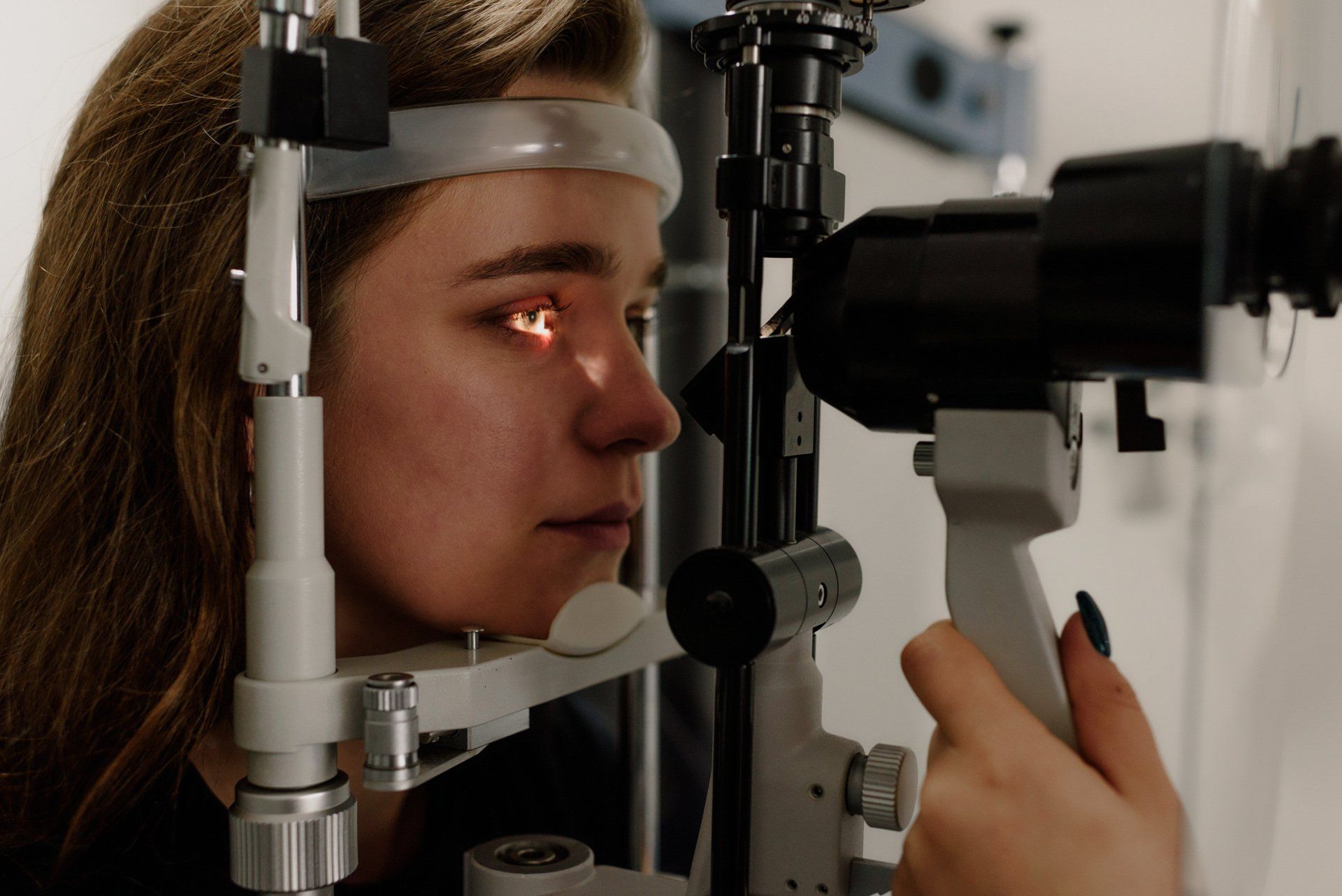Assessing potential eye health risk from GLP-1 medications

The Potential Risks of GLP-1 Agonists and Semaglutide to Eye Health
In recent years, GLP-1 agonists, such as semaglutide (commonly marketed under names like Ozempic and Wegovy), have gained widespread popularity for their ability to help with weight loss and manage type 2 diabetes. These drugs are designed to mimic the effects of the natural hormone GLP-1, which plays a role in insulin secretion, appetite regulation, and glucose metabolism. While these medications have shown promising results in helping patients control blood sugar and shed excess weight, there is an emerging concern about their potential impact on eye health.
What Are GLP-1 Agonists?
GLP-1 (glucagon-like peptide-1) agonists are a class of medications that include semaglutide, liraglutide, exenatide, and others. They work by enhancing insulin secretion in response to meals, slowing stomach emptying, reducing blood sugar, and helping patients feel fuller, longer. This helps make them effective tools in the management of type 2 diabetes and obesity. In particular, semaglutide has garnered significant attention for its potent weight-loss effects, often used off-label for obesity management, and its diabetes control benefits.
Potential Eye Health Risks
While GLP-1 agonists have been heralded as life-changing for some individuals, recent studies and case reports suggest a connection between these drugs and certain eye health complications, particularly diabetic retinopathy and other forms of vision impairment. Here’s a breakdown of the potential risks:
1. Exacerbation of Diabetic Retinopathy:
Diabetic retinopathy is one of the leading causes of blindness in adults with diabetes. It occurs when high blood sugar levels cause damage to the blood vessels in the retina. GLP-1 agonists, particularly semaglutide, have been linked to an increased risk of worsening diabetic retinopathy. Rapid changes in blood glucose levels, especially if a person has uncontrolled blood sugar or a history of poor blood sugar management, can exacerbate the condition.
The relationship between semaglutide and diabetic retinopathy is not fully understood, but some studies suggest that a rapid reduction in blood glucose levels may lead to an increased risk of retinal complications. Patients with existing diabetic retinopathy or other retinal conditions should be monitored closely when starting GLP-1 agonists.
2. Macular Edema:
Another potential concern is the development of macular edema, a condition where fluid accumulates in the macula of the eye, leading to blurred or distorted vision. Although rare, some reports have indicated that GLP-1 agonists, including semaglutide, could increase the risk of macular edema in people with diabetes. Like diabetic retinopathy, macular edema can be exacerbated by rapid changes in blood sugar levels.
3. Risk of Dry Eye Syndrome:
GLP-1 medications, including semaglutide, can lead to changes in the body’s immune system and fluid balance. This is particularly concerning for individuals who already suffer from dry eye or other ocular surface conditions.
Understanding the Risks
While the risks to eye health associated with semaglutide and other GLP-1 medications are concerning, it’s important to keep in mind that they are relatively rare and typically affect individuals who are already at risk for diabetic eye diseases. That said, patients should be aware of the potential dangers, especially those with existing eye conditions, and engage in proactive monitoring with their healthcare provider.
How to Mitigate Risks
1. Regular Eye Exams: Anyone taking semaglutide or other GLP-1 agonists should have regular eye exams to monitor for any signs of diabetic retinopathy, macular edema, or other potential complications. This is especially important for individuals with diabetes who have had difficulty managing their blood sugar levels in the past.
2. Gradual Blood Sugar Control: If you are starting a GLP-1 agonist like semaglutide, it’s essential to work with your healthcare provider to ensure gradual, steady control of blood sugar. Rapid changes in glucose levels can increase the risk of eye health complications, so managing the drug’s dosage and timing it carefully can help reduce this risk.
3. Monitor Symptoms: Patients taking semaglutide should be vigilant for any changes in their vision, such as blurred vision, sudden vision loss, or eye discomfort. If any of these symptoms occur, it’s important to consult a healthcare provider promptly.
4. Disclose Pre-existing Conditions: Before starting semaglutide or another GLP-1 agonist, make sure to inform your doctor about any preexisting eye conditions or family history of eye diseases. This will help the healthcare team make an informed decision about whether the medication is suitable for you and how to monitor your eye health during treatment. Always provide your eye doctor with a complete list of medications so you can discuss any potential risks or additional testing that may be recommended.
Final Thoughts
GLP-1 agonists, including semaglutide, are powerful drugs that have proven effective in managing type 2 diabetes and promoting weight loss. However, like all medications, they carry potential risks, particularly for eye health. And because these drugs are relatively new to the market, more research is needed to further understand long-term effects on other health outcomes.
Patients using these drugs should be aware of the possible connection to diabetic retinopathy, macular edema, and other eye-related complications. By staying informed, regularly monitoring eye health, and working closely with a healthcare provider, the risks can be managed, ensuring that the benefits of these drugs outweigh the potential drawbacks.
At Talley Eye Institute, we are committed to participating in valuable research initiatives to remain an innovative leader in the management and treatment of ocular disease and to advance the medical community’s understanding and development of vision-preserving treatments. We are currently partnered with Deaconess Healthcare for a clinical study to look at the effects of GLP-1 Agonists (both retratrutide and semaglutide) on diabetic retinopathy, called the TRANSCEND-T2D-2 study.
As always, it’s essential to have open discussions with your healthcare provider about the risks and benefits of any medication, especially when managing chronic health or eye conditions.













